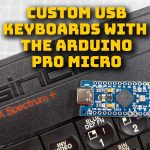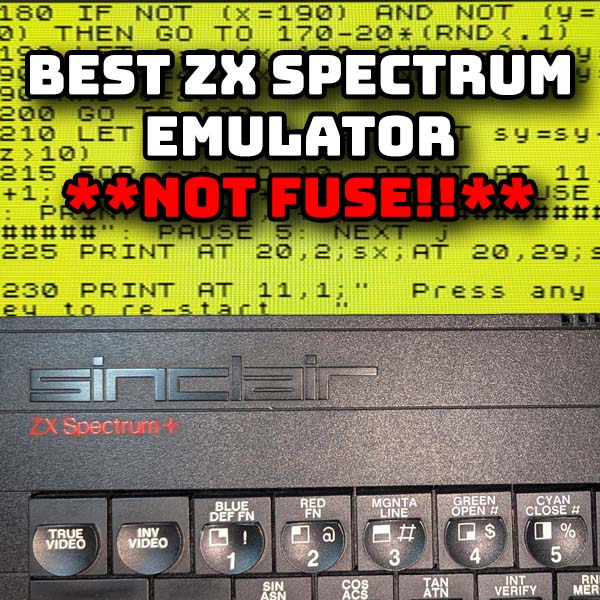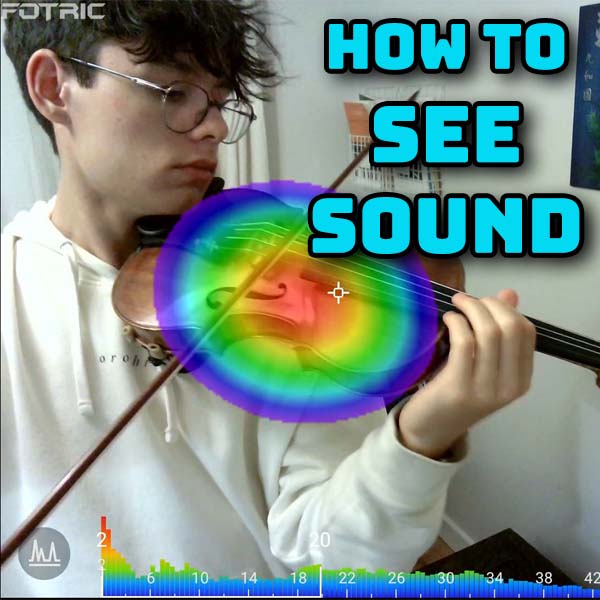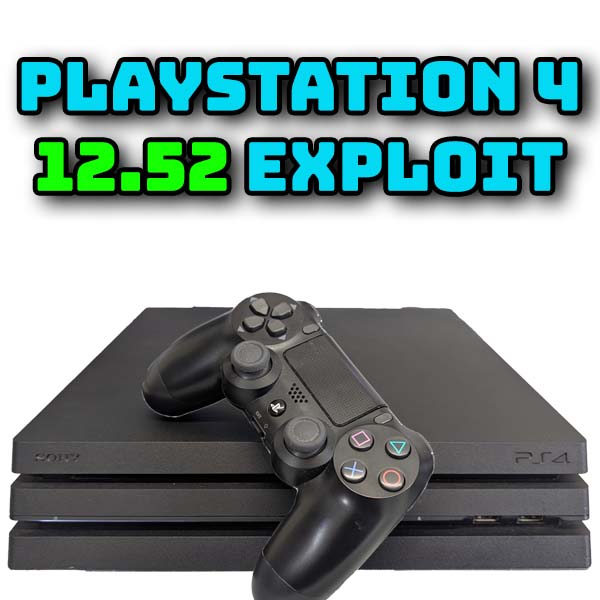
Turn a ZX Spectrum into a custom USB keyboard with the Arduino Keyboard library
1st February 2025
Can you buy a premium quality budget smartwatch for $40? – Tozo S7
13th February 2025Best ZX Spectrum emulator. Go full screen with Spectaculator
ZX Spectrum emulation has been around for a long time. There are some great emulators out there with Fuse probably being the most widely used. It’s a great piece of software but, for me, it’s lacking in a few areas.
The big one is the lack of a full screen display, at least on my Windows PC.
I’ve been looking for a usable solution for this and have now found it in the Spectaculator emulator.
In this post I’ll be showing you how to get up and running with this fantastic piece of software and take your ZX Spectrum experience to the next level!
Installation
The software is available from the author’s website at
https://www.spectaculator.com/
Note that Spectaculator is not free software. There is a full 30 day free trial after which it’s £11 (about $15) for the current licence, or £21 for a lifetime licence.
Follow the download links and install the .msi file that’s provided. Default settings are all fine during the installation.
Getting Set Up
Once you’ve installed the software and open it up you’ll see the emulator displayed in a window. To swap between windowed mode and full screen just press ALT + Enter.
To play around with the screen settings go to the Tools menu and select options. Here you’ll find settings on both the display tab and the Advanced tab. Please have a look in the video for examples.
Emulation
With the screen set up just the way we want it we can now move on to the rest of the emulator’s features.
Playing games works in exactly the same way as any other emulator. From the File menu we can open a tape, Microdrive or disk image and with default settings the whole program will load almost instantaneously. As you’d expect the quality of the emulation is spot on with all coding, timing and hardware accurately modelled.
Dropping back into the options screen you’ll find that the application supports all Spectrum models from the 16K up to the experimental Pentagon and Scorpion machines with full tape, MicroDrive and disk emulation. It also allows you to attach a whole range of other hardware accessories such as the SpecDrum and Speech addons along with playing with many other options to satisfy your Spectrum fantasies. I’ll leave you to discover these for yourselves.
The other main area I really like with this emulator over others is it’s handling of tapes and joysticks.
Joystick Emulation
Joysticks with Spectaculator are soooo easy. You simply need to go to the Joystick section in the options and just select what you want.
Here I’m mapping my Xbox controller to a Kempston Joystick, but I can also map the other controller buttons to whatever keyboard keys I want.
For example in Lunar Jetman the joystick is great for the main movement and firing controls. But I also need buttons to enter or leave the buggy and the pick up and drop items. These are controlled by the Caps Shift and Symbol Shift keys respectively. So in the button mappings I can just scroll down to the LB and RB shoulder buttons and map those to the Caps and Symbol shift keys. Now in my game I’ve got very easy access to all of the control buttons making the game so much easier to play, as you can see from my amazing progress.
Saving and Loading Tapes
On the tape and media side probably my second most desired feature was the ability to create and save my own tapes. I find it very relaxing to browse through the old computer magazines, finding listing and then typing them in to try to get them working. Taking snapshots is a great way to save your work, but again it’s not quite the same as popping in a cassette and saving your code directly onto it. This is also true from gave saves in adventure games and so on.
Spectaculator has a very nice tape handling interface.
So lets start by typing in a very short program. Just a simple for next loop to count to 10.
To save this I can go up to my file menu and click new. This now lets me create a new tape, MicroDrive and so on to put into the Spectrum’s attached drive. So I’m going to make a new TZX tape file and name and save that on my PC.
I can then go to the view menu and open up the cassette interface. This acts like your actual cassette tape machine. There are a number of options at the top. The Fastload icon will load tapes instantly rather than at normal speed. The Autoload feature will load a tape as soon as it is put into the tape machine. I tend to have both these turned off. The Auto Stop/Start is a great feature for multi loading games so I tend to leave that turned on.
To save our code we simply need to hit the record button on our cassette and then type the save “filename” command on the Spectrum followed by Enter when it asks to press a key. This will then save the code to the tape. You should now see the program listed in the tape contents together with the data block containing the lines of basic. Make sure you press the stop key to stop the tape recording.
If I now reset the machine our code is gone. The tape is still in the cassette recorder, or we could go to the file menu and open a new one, but let’s reload our loop program. I can select the program I want to load in the tape interface, and this basically rewinds the tale to the beginning of that code block. On the Spectrum I can now type the load “” command to set the computer searching for a file, and then press the play button in the cassette interface. With Fastload turned off you should now hear the familiar tape tomes as the code loads.
Once that’s loaded stop the tape and we should now have out loop code back in place and ready to run.
I have to admit that I do like to leave the Fastload off even when loading some games. There is something a bit hypnotic about the screen and sound effects you get when loading a cassette tape, plus you get to see all of the great loading screens that used to pop up to hold your interest during the 5 minute loading time.
One last thing I want to point out is the keyboard help built into the emulator. If you go to the help menu and select the virtual keyboard you’ll see a rubber key Spectrum pop up. One note on some of these controls while we’re here. If I drop out of full screen you’ll see a little toolbar with some shortcuts to things like the load, cassette, reset, keyboard etc. In the options page you can have that showing on full screen mode as well if you want.
But back to full screen we’ve now got a reference image to show us where all the symbols and keywords are mapped to, but it also lets you use the virtual keyboard to type in your commands, just like on the real machine. So just another little helper if you need it.
So that pretty much covers the main features of Spectaculator that make it my favourite emulator. There are a whole range of other features for you to try out. Just have a look in the help manual for full info on what’s there and how to use it.




